
Workbook: Engaged
Ideas, and images from our Shaw Festival production
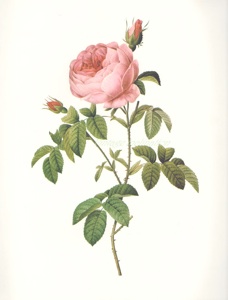
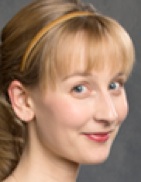

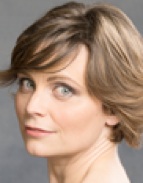
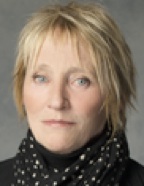
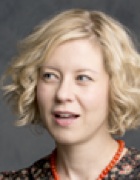








Leading ladies of the theatre: clockwise, Julia Course, Diana Donnelly, Nicole Underhay, Claire Jullien and Mary Haney, our top notch cast of women from the Shaw company.
Images for our production are inspired by eighteenth and nineteenth century botanical drawings by artists such as Pierre-Joseph Redoute, court artist for Marie Antoinette, and A.B. Hervey and Isaac Sprague. Below, a scale model inside the model box with inset of image for the settee, all absurdly rosy
Along with roses, we decided to decorate the Scottish Lowlands with thistle, also inspired by botanical drawings, these from the book Flowers of the Field and Forest, right. In the scene shop, painters are busy drawing out in charcoal, onto brown paper the patterns for the cut out figures that will appear on stage.
Meanwhile, left, folks over at the prop shop are busy constructing a rose sofa for the London apartment. In keeping with the botanical theme, the settee is inspired by roses. Our idea is to take the audience on a fantastical absurdist comic journey that is part England and Scotland and part dreamscape, in a way that gives a period piece a sense of timelessness.

In order to give a period comedy a fresh approach, we decided to mash together the late Victorian/early Edwardian period with a 60s sensibility, evoking pop music of the period, to a certain extent, as well as fashion from Carnaby Street. Setting the play in a period that never quite existed but is reminiscent of several will give the production a feeling of theatricality the reaches beyond naturalism, cueing the audience to the tone of the comedy but also giving it a more general setting, that is both strange and familiar
Ken supplies renderings, sometimes technical, sometimes sketches, to the prop and scene shops for interpretation, below a detail for a fence and, left, how it might get broken down
Below, Ken has taken a photograph of the actual arbor and drawn vines onto it



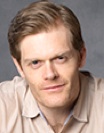
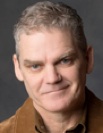

Above, the men of the Engaged company, left to right, veterans, Jeff Meadows, Gray Powell, Ric Reid, Martin Happer, Shawn Wright and, new to the company this year, Matthew Finlan, rounding off a stellar ensemble.
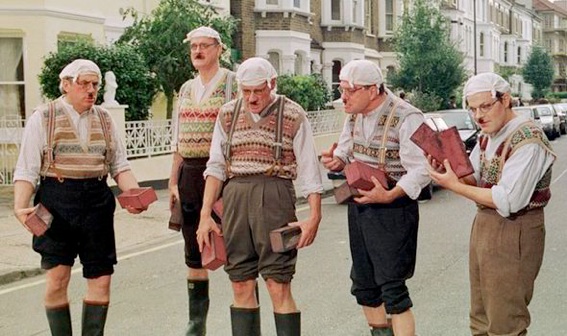
The play reminded us a little of sketches from the Monty Python show from the 1960s. Left, a sketch about upper class twits came immediately to mind. The British upper class are a great target for comedy, in fact a natural target; rich and privileged men and women who ruled Britain for no other reason than their inheritance, an increasingly absurd idea made good comic use of by a group of comedians from upper class Cambridge, oddly.



Drawing details and dimensions for well, left, taking centre stage in Act One, a practical feature that supports body weight, right, details and dimensions for floral settee in Acts Two and Three, and below, right, dimensions and detail for fence and arbor in Act One. Builders work from these renderings which Ken designs primarily on his Ipad, using the latest in computer generated technology but employing his old school artistry of drawing the figures and dimensions by hand, which brings character and life to the renderings.
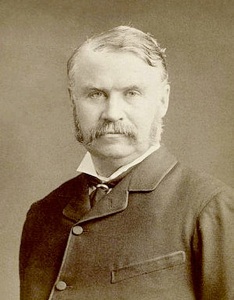
Engaged author William Schwenck Gilbert (of Gilbert and Sullivan fame), pictured, left. Gilbert often directed his own plays and believed firmly in the credibility of the acting, even in his absurd settings and situations. He wore many hats, in fact, and even spent a short time as a barrister, which would have given him ample material for his absurd comedies and comic operas, and included his now famous lyric - let the punishment fit the crime.
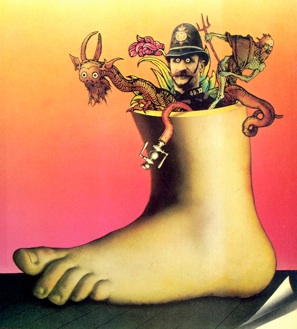
Pictured above, right, a poster from the original production in New York in 1879, and left, a program from the premiere London production in 1877 at the Haymarket Theater. Gilbert had already been writing with his collaborator Sullivan for some time and was a very popular figure in the London theatre by the time Engaged opening, It ran for 110 performances and was seen, most notably, by Oscar Wilde who drew inspiration from it for The Importance of Being Earnest. This kind of topsy turvy comedy was a unique invention of Gilbert that many writers of comedy were destined to follow, a style developed in his earlier comedies, the Bab Ballads, whose comedy was derived by setting up a ridiculous premise and working out its logical consequences, however absurd (wiki) Film maker Mike Leigh, a big fan of Gilbert made a film, Topsy Turvy, about Gilbert and the world he tried to turn on its head.
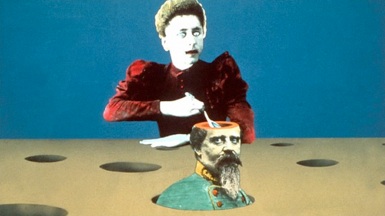
Terry Gilliams Monty Python graphic style was, although not completely, to some an extent an inspiration for the look of the show, and although we didnt borrow directly from the style we were certainly enchanted by this 1960s take on late Victorian England, as well as images, made popular, for instance, by artist Peter Blake for the Beatles.
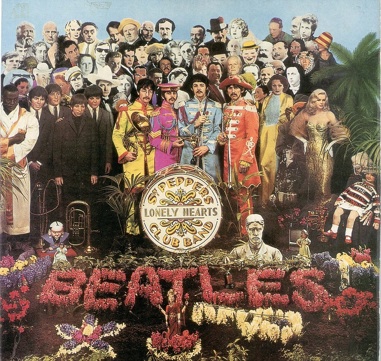

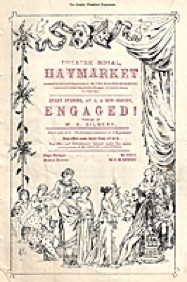
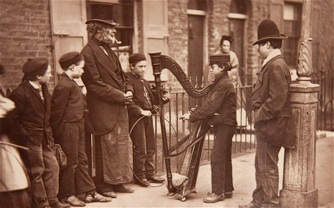
Pictured, right, a photograph from the exhibit Street Life in London, a series of photographs by John Thomson, depicting life in the city in 1877, a somewhat less comical but no less absurd side of life
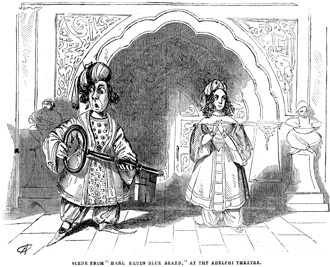
By the time Gilbert began writing for the theatre, stage productions in London had reached such a pinnacle of awfulness, and the theatre fallen into such disrepute, that an entire movement began, spearheaded by Thomas German Reed. in which pieces of a more refined nature were presented, generally starring himself and his wife, but consequently producing several WS Gilbert entertainments. Left an illustration of a scene from a production of Harlequin Bluebeard at the Adelphi Theatre in 1843.

Alan Brodie returns to do the lights for our production. We first worked with Alan on The Overcoat in 1998 which means we have been collaborating with this exceptional artist for nearly two decades during which time he has lit two dozen of our stage productions
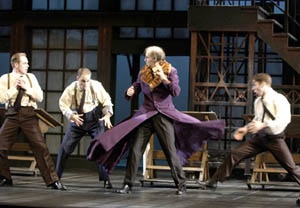
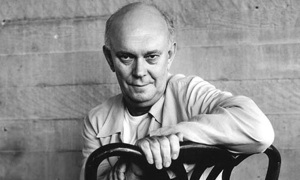
Left, a scene from The Overcoat, lit by Alan Brodie and starring Peter Anderson, a great lover of the absurd, here seen fighting to protect his new coat from admirers
Pictured below, Alan Ayckbourn, who is said to have been influenced by the Gilbert play in writing his hit comedy The Norman Conquests
Ken and Morris met Ayckbourn in 1993 at his theatre in Scarborough England, completely by accident of course
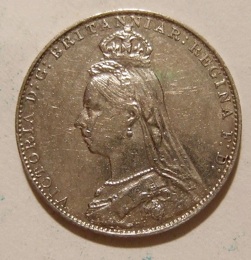
All the characters in the play seem obsessed with the acquisition of money, not only an amusing idea but an entirely plausible one. The British ruling class have stuck pretty ruthlessly to their overall plan of acquiring everything and giving away nothing, since the Victorian age

In the 19th century certain melodramatic gestures depicting human emotion were standardized for the stage by theatre wizards such as Francois Delsarte. Pictured left Horror, below, Fear and Supplication
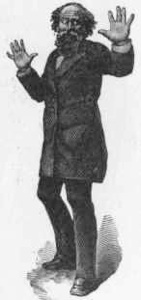
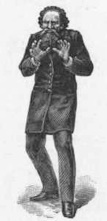
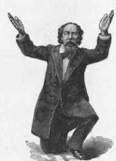


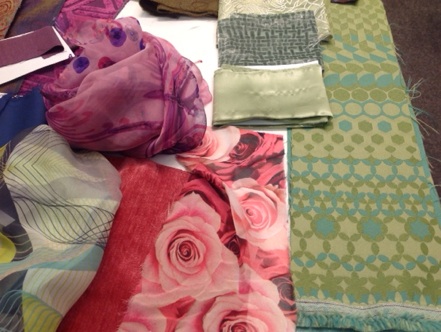
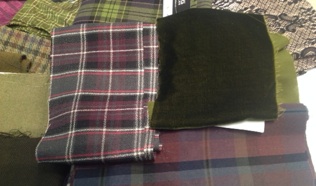

Meanwhile, Charlotte Dean, right, costume designer for Engaged, shows off colour swatches for as yet to be built costumes. Although the designs are planned and sketched, found fabric is often more interesting that what was originally planned
A lot of bold patterns, a lot of bold colours, employed in making a palette that is vibrant, appealing, and both of the period and contemporary. Sometimes its as important to convey a feeling than any specific time period. Here, with Engaged, we play with the very idea of theatricality, since the play so clearly toys with it.
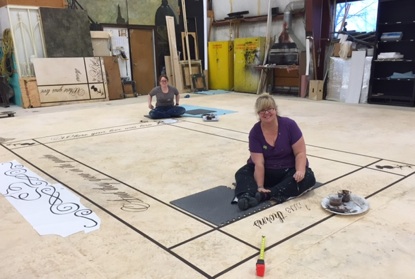
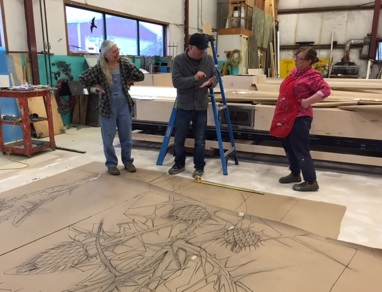
Becky, left, painting calligraphy into the show floor; a quote from the song The Rose and The Thistle, and done to match the font style of the botanical illustrations of the 19th century. Below, Ken, discusses charcoal drawings done on craft paper with artist Janet, former head of the paint department at Shaw Festival, and Gwyneth, current head of painting department. After drawing out the thistles, they take a small device that perforates the lines of the drawing, then they sand off the bumps from the perforations, and then they take a cheesecloth, filled with crushed charcoal, and they tamp it through the holes onto the flat. From there, the image is transferred to the flat and painted. Janet, following her work at Shaw, studied botanical illustration, the results are perfectly clear.
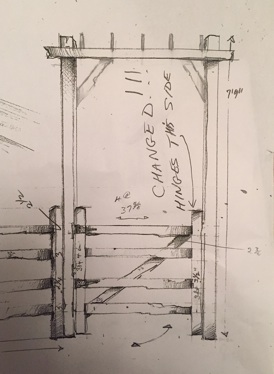
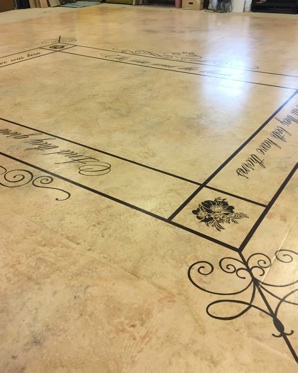
Left, the floor is finished and glazed and, right, Ken decides to change the trellis to a simpler design, an overhead arbour
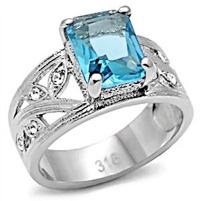
Engagements were (and still are) serious business. If you dont believe it just try getting out of one, in Victorian times at any rate. According to our sources, an engagement is, at the very least, an oral contract, which is generally legally binding, if you could enforce it, but with the right lawyer you could negotiate a settlement, and if you broke the engagement off without communication, it was a breach of contract.

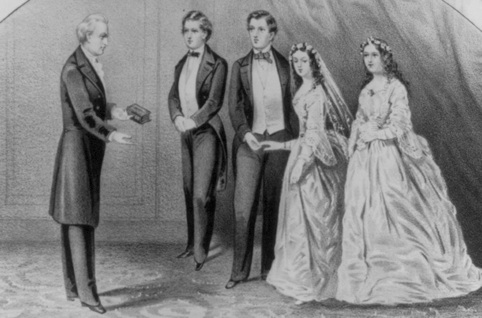
Engagements
Melodrama
Style and Colour
Theatre
British Satire
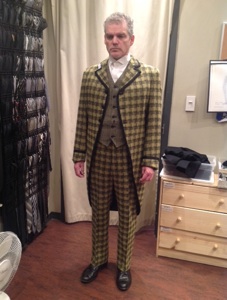

Shawn Wright is fitted by Charlotte in some crazy patterns and colours. Before the costume department buys or builds anything for a show, they go on an exhaustive search of the standing Shaw wardrobe which consists of thousands of articles from hundreds of past shows.
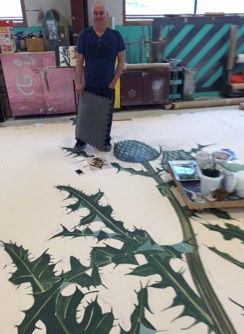
Meanwhile, out at the scene shop Ken illustrates to painters the style and technique he is looking for in the giant thistle flats which make up the look for Act One
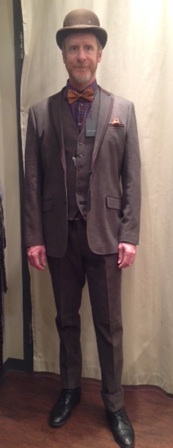
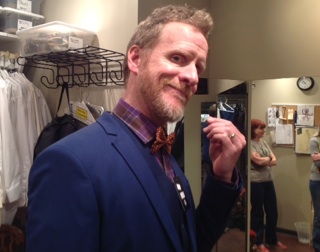

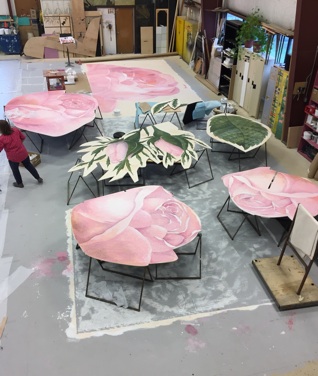
Below, Jeff models Belvawney suit for Act Two; the look is a combination of period and modern, with a slight nod to 60s Carnaby St.
Above, right, Gray fits for Act Two wedding suit for Cheviot. Again, the look tries to embody the cultural spirit of London in the 60s, which itself had influences in Edwardian dress. Above, right, Jeff models first blue act suit, and below that the paint shop puts finishing touches on crazy second act roses, gigantic in proportion and giving a dream like, almost hallucinatory feeling to the production, which we set in a world where absurd reality is the norm, and the actions of the characters, although beyond our expectations, are not altogether surprising. Absurd worlds, after all, are not necessarily unrealistic ones.